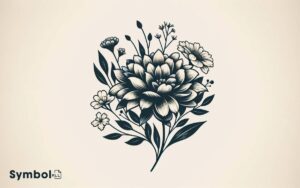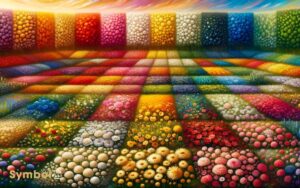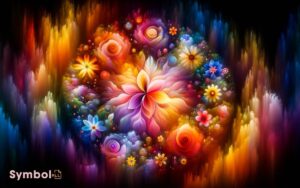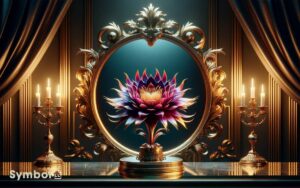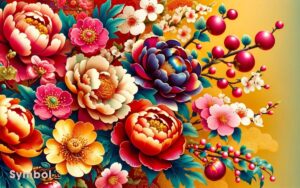What Flower Is the Symbol of Secrecy? The Violet!
The violet stands as the symbol of secrecy. This tradition spans back to ancient myths and was integral to the Victorian ‘language of flowers,’ where blooms conveyed unstated emotions.
In the Victorian era, florigraphy, a nuanced form of communication, assigned the violet to represent secrecy and modesty. This symbolism of hidden desires also permeates literature, with Romantic poets and Victorian novels frequently attributing clandestine love to the violet.
Additionally, violets signify tender emotions, embodying love, modesty, and faithfulness in modern contexts.
They hold a multifaceted significance, reflecting not only on their historical and cultural roles but also on their influence in various scientific fields. Uncovering these layers offers insight into their enduring allure.
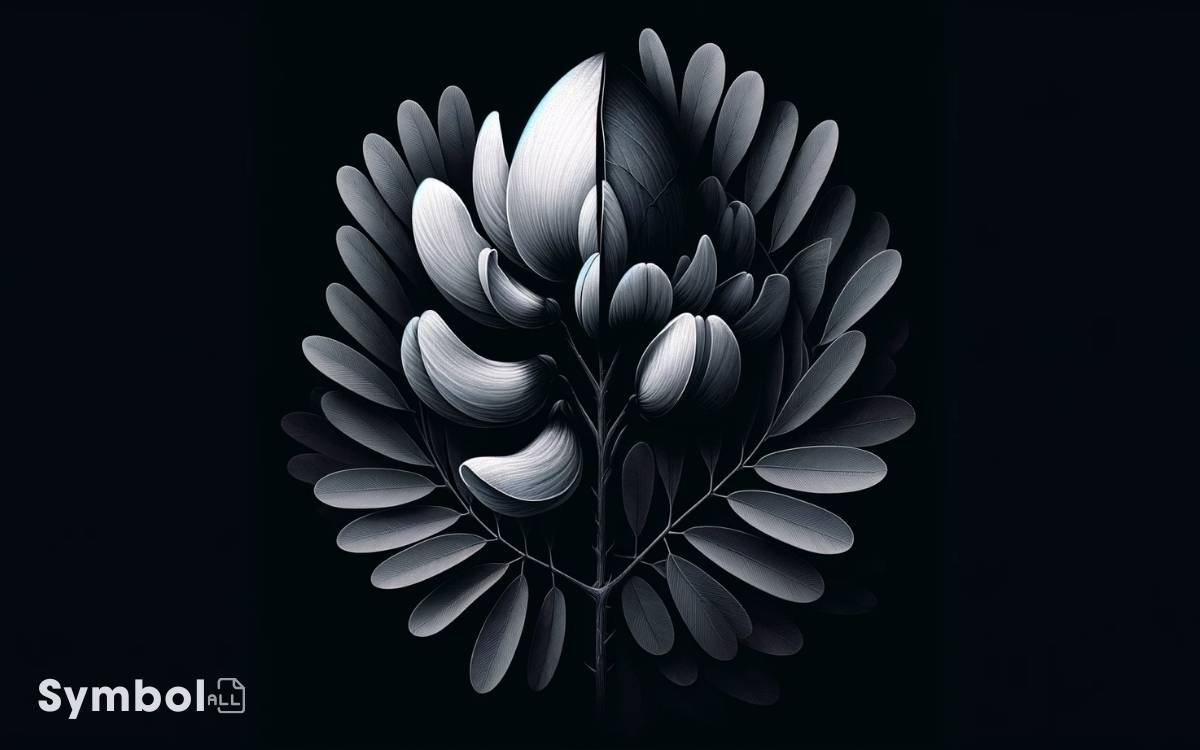
Key Takeaways
The Historical Significance
Throughout history, flowers have served as symbols of secrecy, conveying messages that couldn’t be spoken aloud. You’ve likely heard of the Victorian era’s ‘language of flowers,’ but this practice traces back even further.
In ancient times, specific blooms were chosen to investigate in silence, harnessing their inherent meanings to express unspeakable emotions or confidential intentions.
For example, the acacia flower symbolized secret love, allowing individuals to declare their feelings without the risk of societal repercussions.
This intricate system required a deep understanding of botanical symbolism, ensuring messages were accurately conveyed and received.
As you explore this fascinating aspect, you’ll uncover how flowers have been pivotal in the silent exchange of heartfelt messages across cultures and centuries, highlighting their enduring significance beyond mere beauty.
Mythological Roots
Diving into the mythological roots of flower symbolism, you’ll find that ancient myths played a significant role in imbuing flowers with secretive meanings.
| Flower | Mythological Significance |
|---|---|
| Rose | In Greek mythology, roses were associated with Aphrodite, the goddess of love, who was said to have created the rose. Roses symbolize confidentiality, originating from the practice of placing a rose above a meeting place to indicate that matters discussed should remain secret. |
| Acacia | Symbolizing secret love in the Victorian era, its roots trace back to ancient Egyptian beliefs where it represented resurrection and immortality, subtly hinting at hidden layers of meaning. |
| Violet | Tied to Greek mythology, violets were associated with Persephone, symbolizing modesty and discretion due to their small, hidden flowers. |
| Ivy | Representing fidelity and eternal life in various cultures, ivy’s entwining nature symbolized connections and secrets held close to the heart. |
This table highlights the intricate relationship between flowers and their mythological significance, emphasizing their roles as bearers of secret meanings. This connection between flora and mythology has been deeply embedded in various cultural and literary traditions throughout history. The symbolism of the narcissus flower, for instance, ties closely to themes of self-reflection and vanity, originating from the tragic tale of Narcissus in Greek mythology. Such associations remind us of how flowers transcend their natural beauty, becoming vessels of profound human emotions and narratives.
Victorian Florigraphy Explained
In the Victorian era, people meticulously encoded messages through the selection and arrangement of flowers, a practice known as florigraphy.
This intricate language of flowers allowed individuals to express feelings and convey messages without uttering a single word, a confirmation in a time when direct expression of one’s emotions, especially those of love or dissent, was often frowned upon.
Each flower and its color held a distinct meaning; for instance, red roses symbolized love, while yellow roses communicated jealousy or a decrease in affection.
The complexity of florigraphy extended beyond simple expressions of affection, incorporating numerous layers of meaning, allowing for nuanced communication.
Understanding this floral code required a detailed knowledge of symbolic meanings, a demonstration of the era’s fascination with hidden messages and the subtleties of social interaction.
The Violet in Literature
Let’s explore how the violet, a symbol of secrecy and modesty, has woven its way through the fabric of literature, revealing its significance in various literary works.
This delicate flower often represents hidden desires or unspoken truths, subtly enriching narratives with its symbolic presence. In poetry, violets frequently embody tender emotions, their modest appearance concealing deep, passionate feelings.
For instance, in the Romantic era, poets like Wordsworth and Byron used violets to symbolize nature’s quiet beauty and the fleeting nature of life.
Meanwhile, in Victorian novels, violets often hinted at clandestine love or the inner turmoil of characters, aligning with the era’s fascination with hidden messages and meanings.
This literary tradition highlights the violet’s enduring role as a nuanced symbol, enriching texts with layers of meaning that invite readers to look beyond the surface.
Modern Symbolism and Uses
Shifting into the contemporary era, the violet’s symbolism has evolved, now encompassing a broader range of meanings and applications across various fields.
In the domain of botany, violets are studied for their unique adaptive characteristics and genetic diversity, offering insights into plant evolution and ecology.
Psychologically, the color and fragrance of violets have been found to influence human emotions and behaviors, prompting their use in aromatherapy and psychological studies.
Additionally, violets play a significant role in environmental conservation, serving as indicators of ecosystem health due to their sensitivity to habitat changes.
Culturally, they continue to symbolize secrecy but also signify love, modesty, and faithfulness, reflecting their enduring appeal and multifaceted significance in modern society.
Conclusion
In your journey through the intricacies of symbolism, you’ve unearthed the violet’s role as a guardian of secrets, its roots tangled in myth and history.
This modest bloom, once a whisper in Victorian bouquets, now blooms in modern contexts, carrying messages unseen but deeply felt.
As you reflect on the violet’s tale, consider the coincidence of its enduring mystery and our own hidden depths. Just as science unravels nature’s secrets, we too, learn to voice the unspoken, finding beauty in the silent conveyance of truths.

